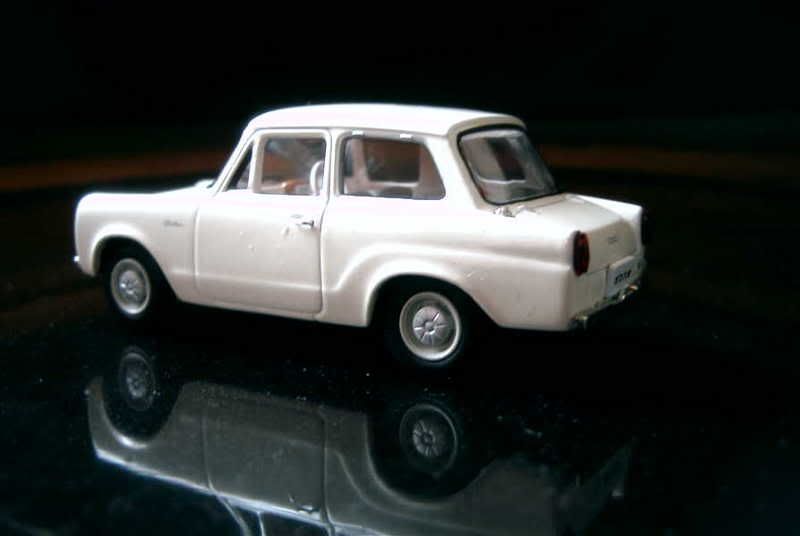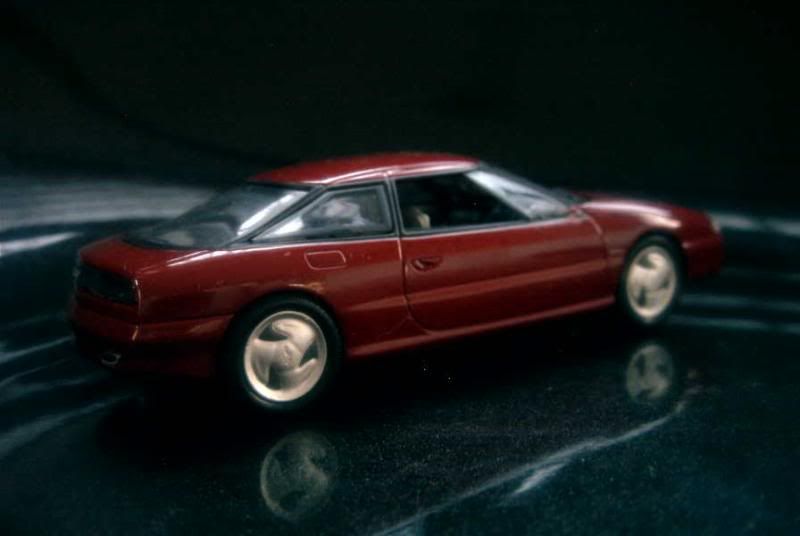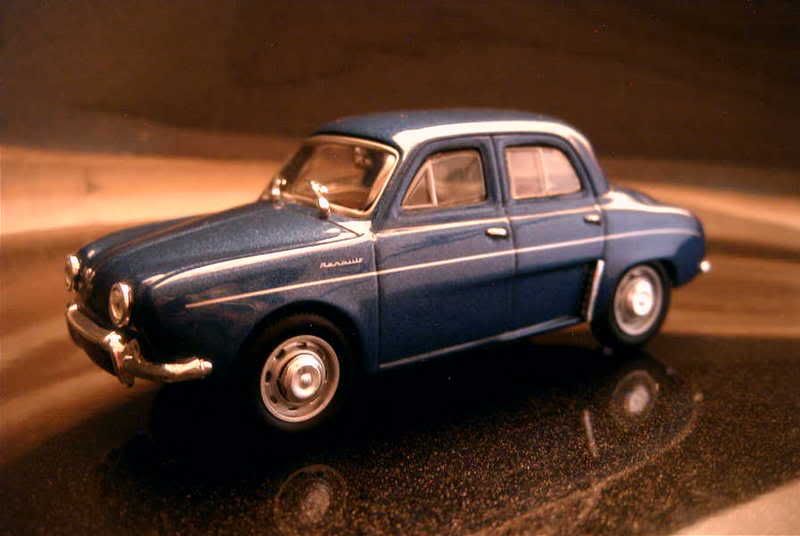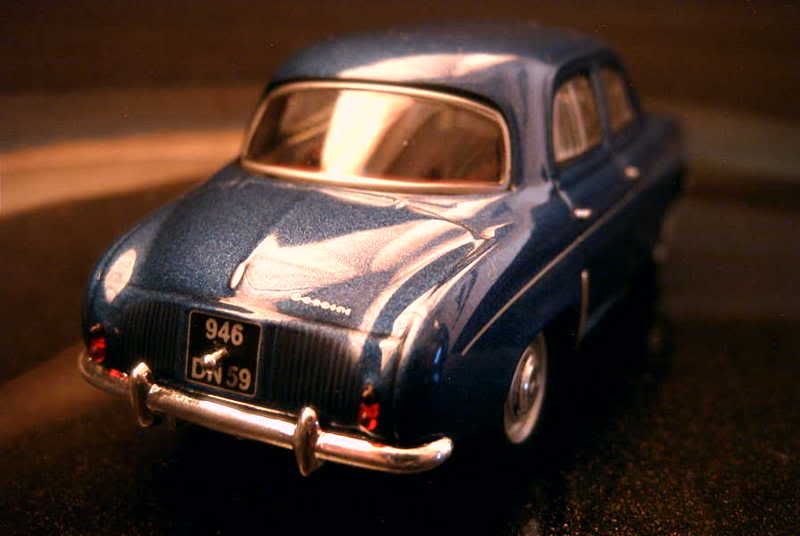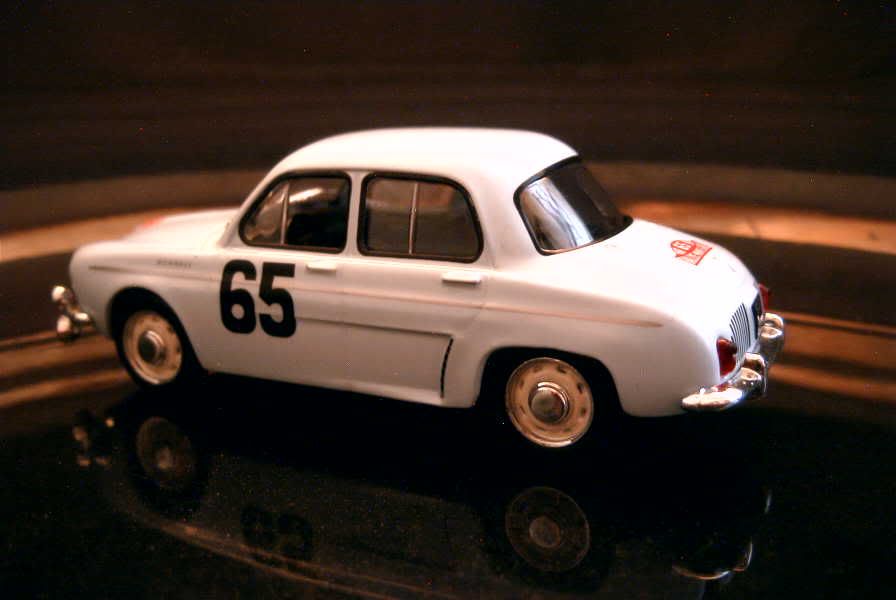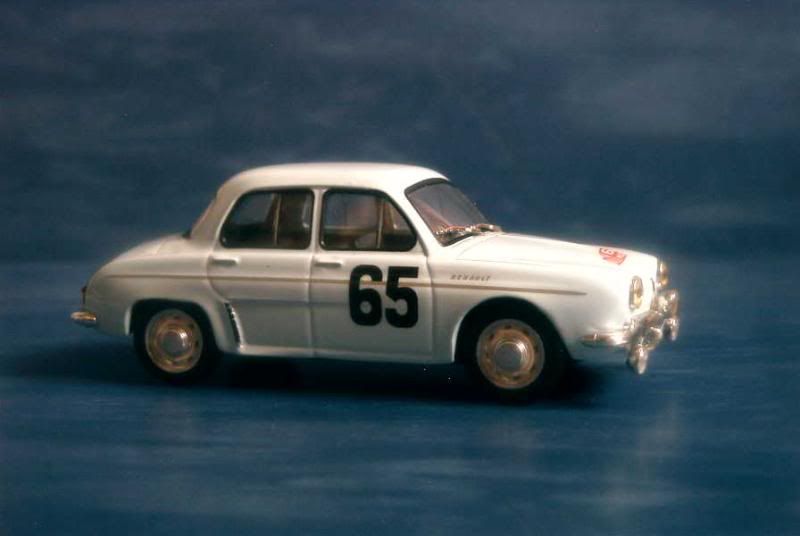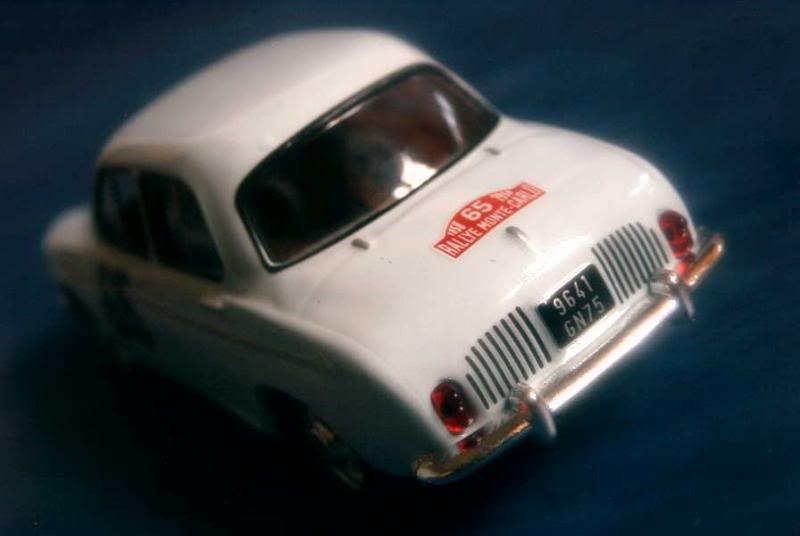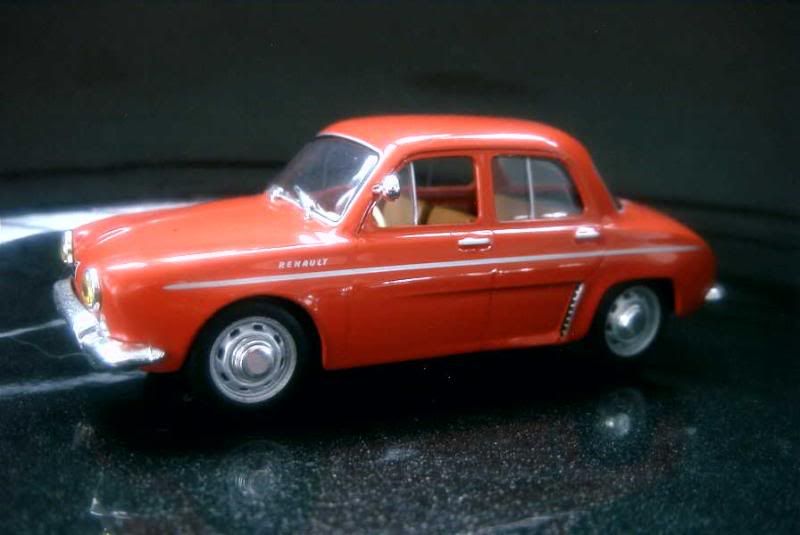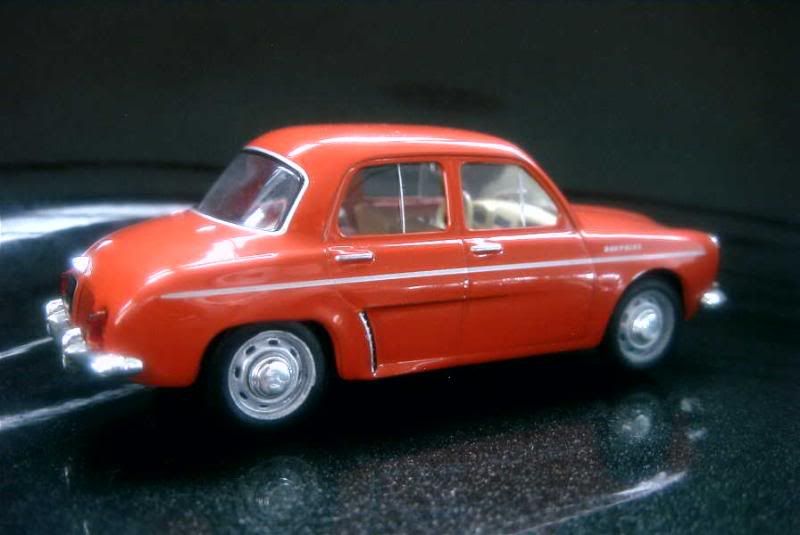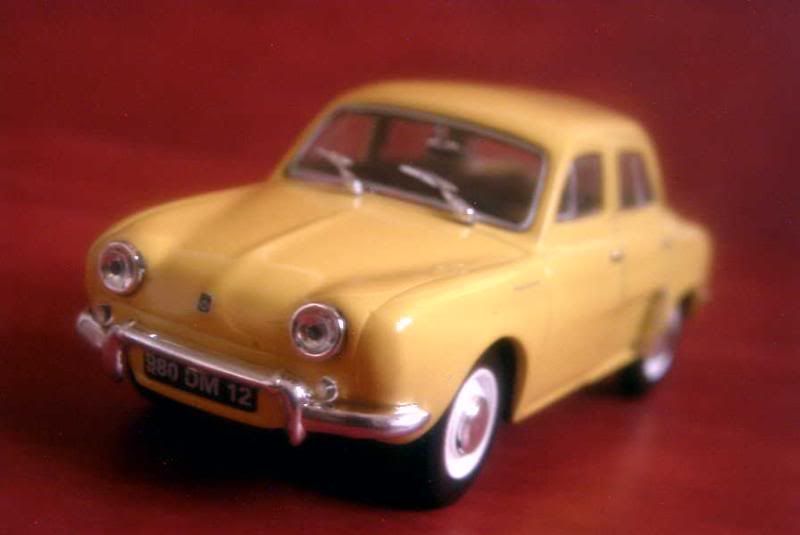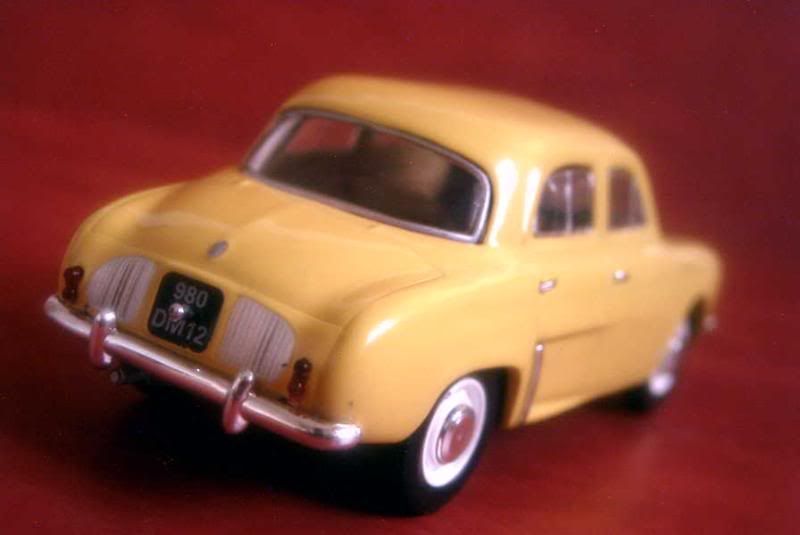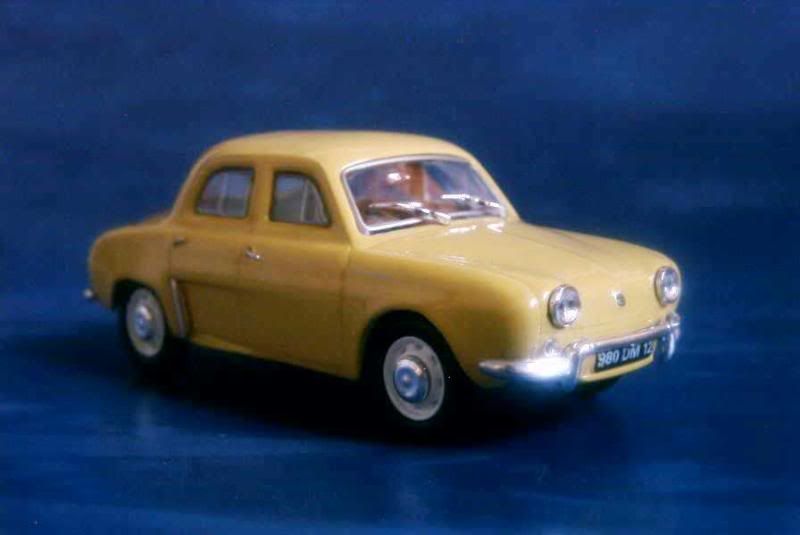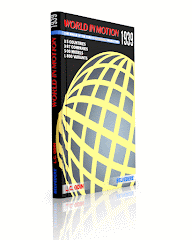A little history
During the Fifties, the old company Volvo had succeeded in making itself known outside of its native Sweden thanks to its PV444 model, an old-fashioned but extremely robust automobile. But Volvo’s range extended much further than this, for it also manufactured trucks, buses, agricultural tractors and marine engines. In 1965, Volvo let the world discover part of its commercial line as it unveiled a brand new truck, the modern 88. Virtually no component was carried over from previous models by the three main models, the F88 (cab-over), N88 (conventional design), and G88 (trailer tractor). An inline six, 9.6-litre engine powered these trucks, being rated at 166 hp, while a smaller variant, the Series 85, has to content itself with a smaller 6.7-litre, 107 hp engine. Any transmission setting among a wide choice could be specified, while both two- and three-axle versions existed. On the other hand, only one chassis length was available for both F88 and N88 trucks.
Volvo trucks were not designed to compete with established companies on export markets thanks to lower prices, but to superior quality. Actually, they were rather expensive but offered excellent reliability, handling and comfort. Some unusual characteristics included the availability of turbocharged versions of these trucks – common today, turbochargers were virtually unheard of back then – able to deliver up to 260 hp, a seat that could be adjusted for the weight of the driver, and power steering. It also enjoyed a cosy berth at the back of the cabin and a powerful heater.
The N88 and even more the F88 and G88, which squarish cabins were a common sight on all European roads, enjoyed a long and successful career. The introduction of the F10 and F12, unveiled in 1977, nonetheless announced the coming end of the Series 88. All variants were discontinued shortly thereafter.
About the model
Model: Volvo N88
Year: 1967
Maker: Ixo
Scale: 1/43
Distributed by: Altaya as no.2 of its Camions d'Autrefois press series
Acquired: brand new, in December 2011, in Souillac, France
Altaya and Ixo have had the brilliant idea to start a new press series which allows truck lovers to fill their shelves for a much lesser price than those usually asked for 1/43 models of this kind. Did Ixo have to sacrifice quality to achieve this goal? Surprisingly, this model is a very good reproduction of the N88, filled with carefully reproduced details. I’d give 15/20 for this model, well worth those found in hobby stores.
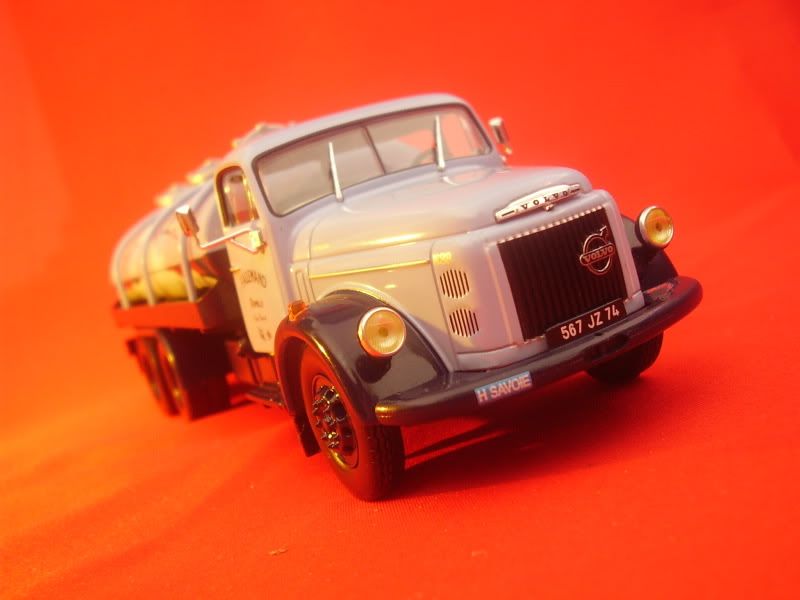
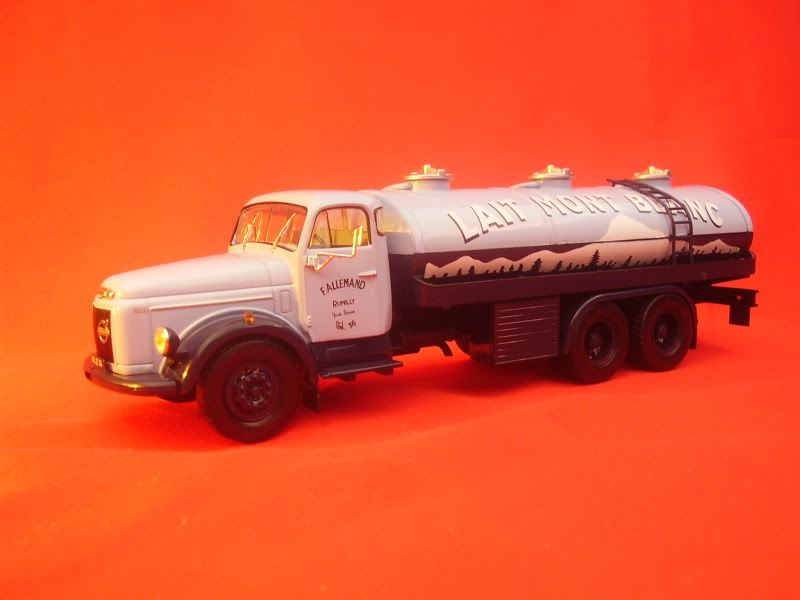
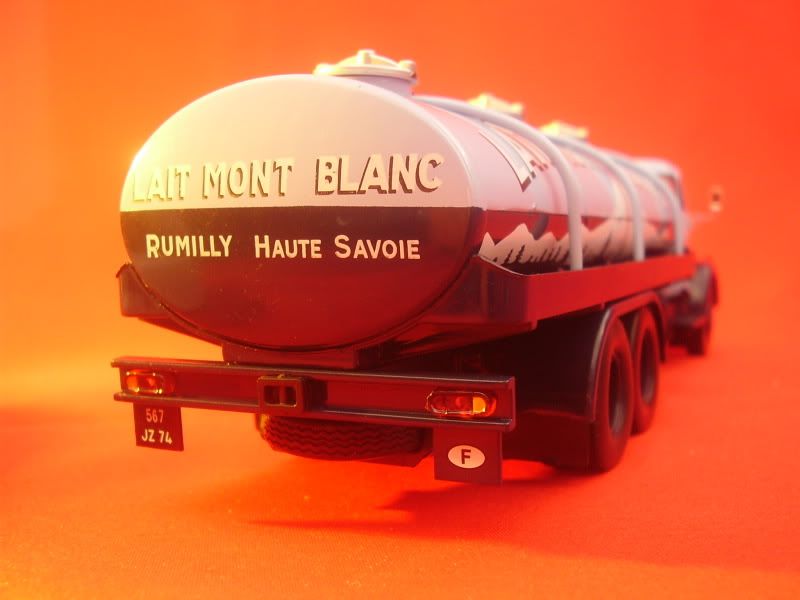

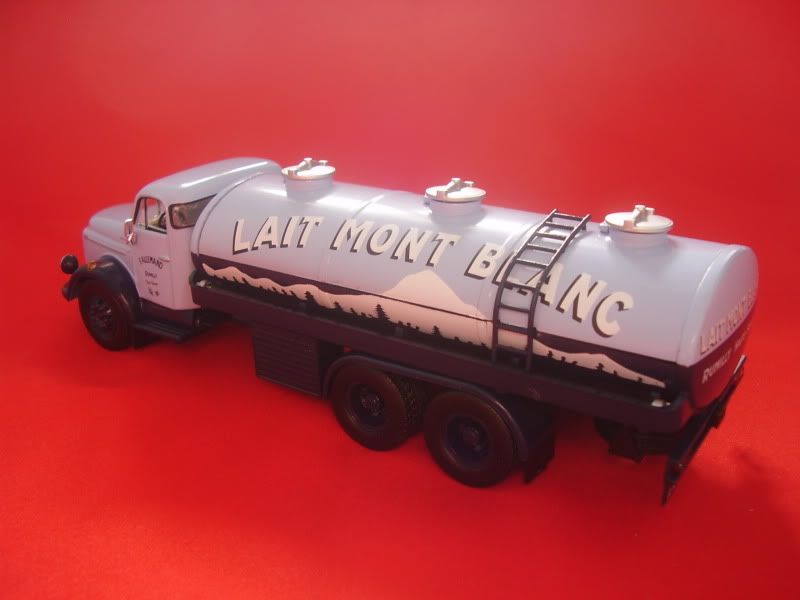
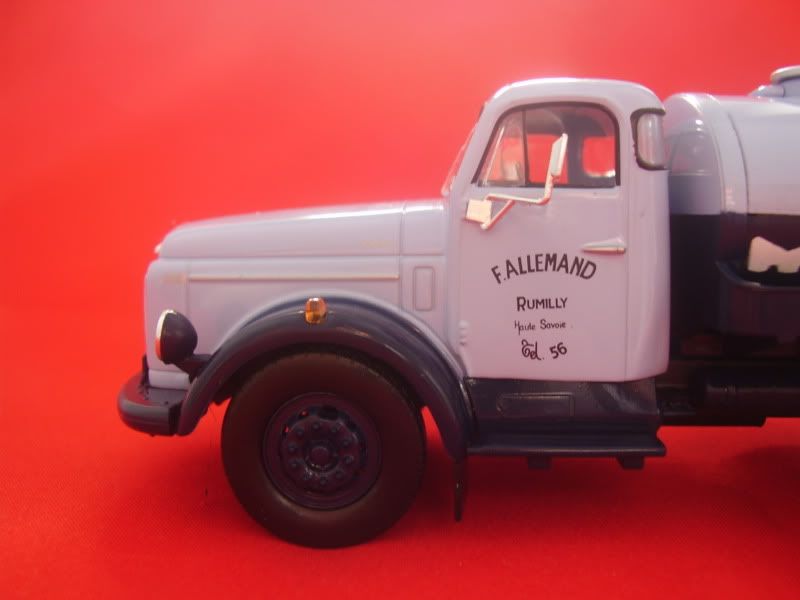
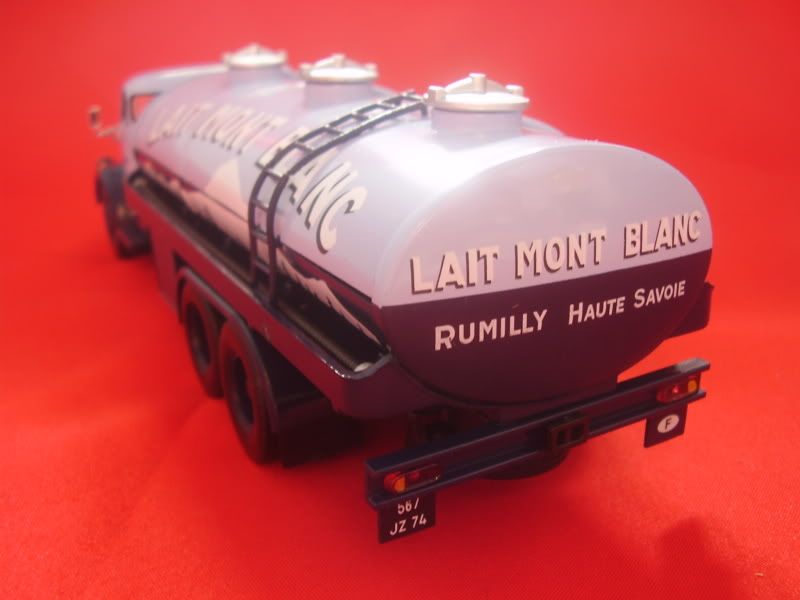
During the Fifties, the old company Volvo had succeeded in making itself known outside of its native Sweden thanks to its PV444 model, an old-fashioned but extremely robust automobile. But Volvo’s range extended much further than this, for it also manufactured trucks, buses, agricultural tractors and marine engines. In 1965, Volvo let the world discover part of its commercial line as it unveiled a brand new truck, the modern 88. Virtually no component was carried over from previous models by the three main models, the F88 (cab-over), N88 (conventional design), and G88 (trailer tractor). An inline six, 9.6-litre engine powered these trucks, being rated at 166 hp, while a smaller variant, the Series 85, has to content itself with a smaller 6.7-litre, 107 hp engine. Any transmission setting among a wide choice could be specified, while both two- and three-axle versions existed. On the other hand, only one chassis length was available for both F88 and N88 trucks.
Volvo trucks were not designed to compete with established companies on export markets thanks to lower prices, but to superior quality. Actually, they were rather expensive but offered excellent reliability, handling and comfort. Some unusual characteristics included the availability of turbocharged versions of these trucks – common today, turbochargers were virtually unheard of back then – able to deliver up to 260 hp, a seat that could be adjusted for the weight of the driver, and power steering. It also enjoyed a cosy berth at the back of the cabin and a powerful heater.
The N88 and even more the F88 and G88, which squarish cabins were a common sight on all European roads, enjoyed a long and successful career. The introduction of the F10 and F12, unveiled in 1977, nonetheless announced the coming end of the Series 88. All variants were discontinued shortly thereafter.
About the model
Model: Volvo N88
Year: 1967
Maker: Ixo
Scale: 1/43
Distributed by: Altaya as no.2 of its Camions d'Autrefois press series
Acquired: brand new, in December 2011, in Souillac, France
Altaya and Ixo have had the brilliant idea to start a new press series which allows truck lovers to fill their shelves for a much lesser price than those usually asked for 1/43 models of this kind. Did Ixo have to sacrifice quality to achieve this goal? Surprisingly, this model is a very good reproduction of the N88, filled with carefully reproduced details. I’d give 15/20 for this model, well worth those found in hobby stores.








